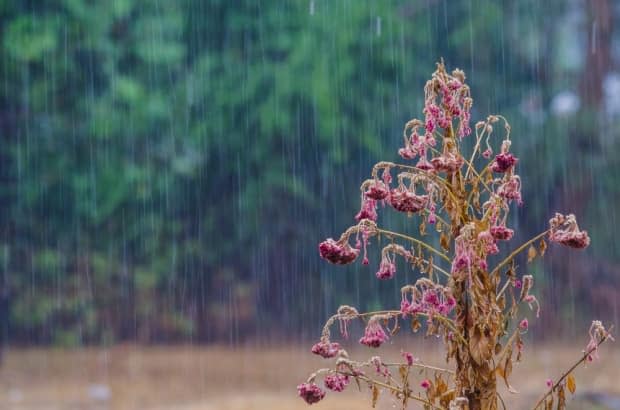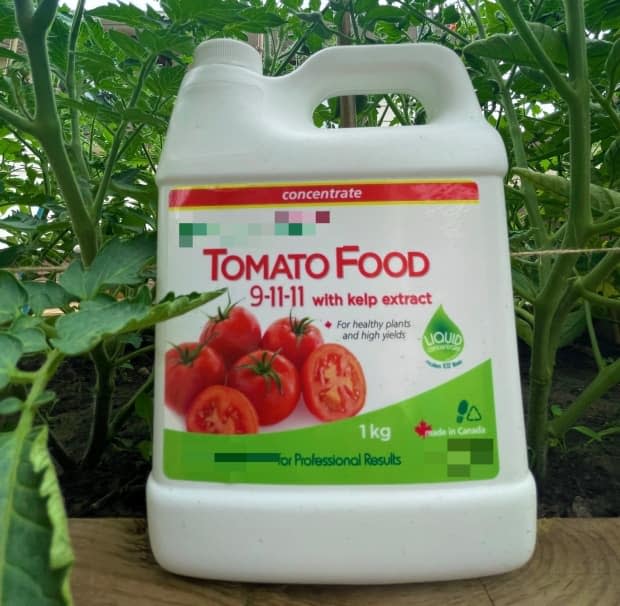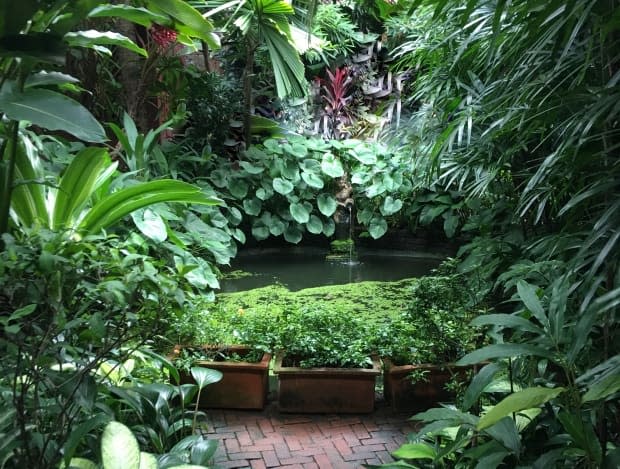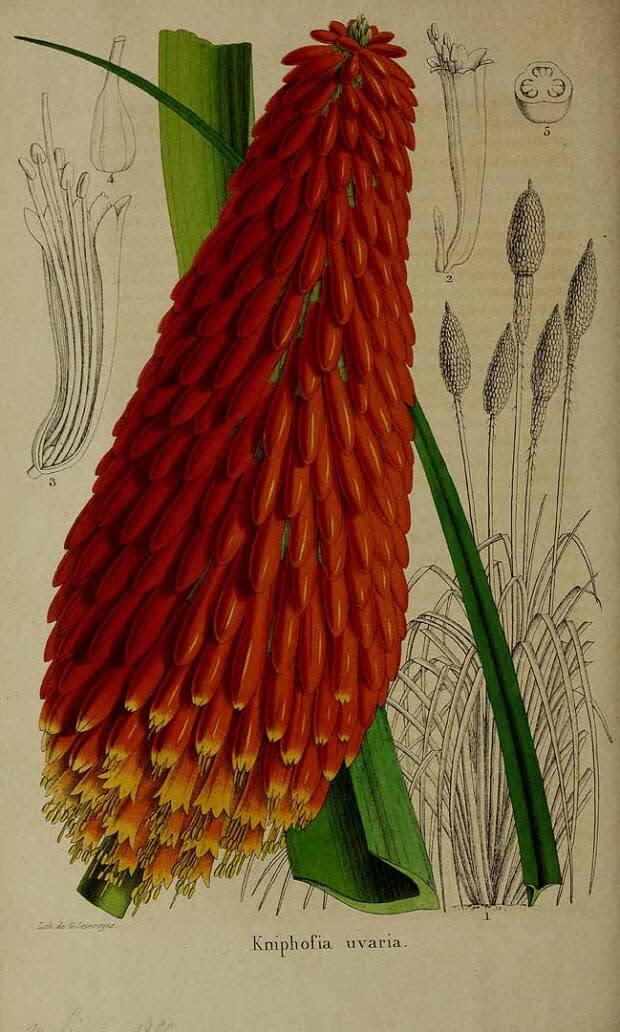Why plants have confusing Latin names, and other questions about the garden

This summer, CBC Edmonton's Tanara McLean is doing a special column focusing on gardening in our Zone 3 climate. Everything from knowing your planting zone, to ditching the lawn for a water-wise garden, she'll explain why certain garden practices will help you get the best out of your Zone 3 garden.
Our summer gardening columnist, Tanara McLean, took over the CBC Edmonton Instagram account this week to answer questions about why certain things happen in the garden.
Here are a few of the highlights:
Why should you water your plants at night or early in the morning?
During the heat of the day, plants transpire moisture through their leaves similarly to how humans sweat.
When you water your plants during the coolest parts of the day, plants can sufficiently soak up water without losing it too quickly.
Remember to water right at the roots because that's where the plants need it most. Watering from above usually only gets the foliage wet.
A good thing to remember: one inch of water will go down about six inches into the soil.

Why is tomato feed also good for strawberries?
Fertilizers are typically made up of three elements: nitrogen phosphorus and potassium — or elements N, P and K on the periodic table.
Different parts of a plant find different elements more useful.
Nitrogen: good for leafy, green growth
Phosphorus: good for roots and flowers
Potassium: good for fruits
Tomatoes and strawberries generally use the same ratio of these elements, so that's why tomato feed works for strawberries as well.
But remember: a little goes a long way, so please never over fertilize plants.

Why do tropical plants have fat leaves?
It's believed tropical plants have larger leaves to help capture more sunlight energy.
Large leaves also allow the plants to balance out extreme daytime heat by transpiring at night.
So the large leaves basically let the plants sweat during the coolest part of the day.

Why do plants have botanical and Latin names?
Botanical and Latin names are purely a European creation.
The binomial naming system for plants was created in the mid 1700s by Swedish naturalist Carl Linneaus.
The goal was to streamline the names of plants so that each plant had one identifiable name no matter where you went in the world.
Plants can have numerous common names, even in the same region of a small country.
A botanical or Latin name is split into two portions kind of like a first and last name for a human.

The first name generally tells you which genus, or overall group, a plant falls into. The second name is usually a descriptive word that tells you the plant's physical qualities and species.
For example, Acer is the broad group name for maple trees. There are more than 100 species of Acers, including Acer rubrum and Acer palmatum.
Rubrum is derived from the Latin word meaning red, while palmatum means palm-like and describes a plant with leaf sets that look like an open hand.
An important discussion is happening in horticulture because binomial botanical names are a European created system that effectively erases Indigenous names for plants from all over the world.
In many cases, plants Indigenous to places outside of continental Europe are named after historical European plant hunters or botanists.
Some academics are calling for Indigenous plant names to be included in the academically-accepted plant naming system.
LISTEN | Tanara McLean answers why things happen in the garden:

 Yahoo Finance
Yahoo Finance 